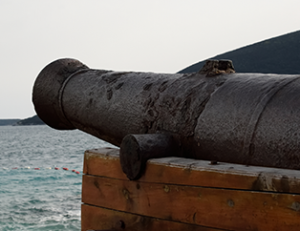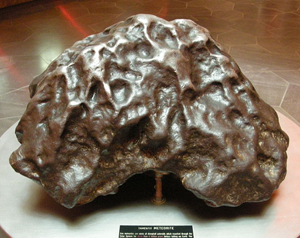We were there, in the beginning. The automobile was first coming into public view, blanketed by a shroud of excitement and mystery. These metal marvels allowed us to exceed speeds we’d been limited to for thousands of years. Everyone was fascinated. We were fascinated. “We” meaning two brothers. John and Walter Brant, born and raised in Indiana. At the time, the automobile business was just beginning to sink its roots in American soil. Competition to be the car capital of the US sprang up between Indiana and Detroit. The brothers Brant were intrigued. John was a test driver, fascinated by speed and a good challenge. Walter was an engineer, mesmerized by the machines themselves and their ingenious designs. Together they started Brant Brothers Automobile Agency, franchising Lozier and Chandler automobiles.
At the same time, the popularity of motorsports was skyrocketing. In 1911, a race was organized at the Indianapolis Motor Speedway. 200 laps along a track made of 3.2 million bricks, a total distance of 500 miles. Recognizing a chance to put their automobiles to the test, Lozier entered 2 cars into the race. Since the Brant Brothers had the closest Lozier dealership to the speedway, their garage became the host to Lozier’s fastest, most advanced racing machines.
Race day came and the starting flag flew. Within the first 20 laps, one of the Lozier cars driven by Teddy Tetzlaff was knocked out of the competition by an accident on the front-straight. But the other Lozier car, driven by Ralph Mulford, had found itself fighting for first place.
Here’s where we find one of the biggest controversies in Indy history. During the race, the riding mechanic in car #8 fell out. In an attempt to avoid running him over, Harry Knight in car #7 swerved into two other cars, causing an accident so large that it disturbed the official timing and scoring stand. Before that incident, the Lozier was half a lap ahead of anyone else. While the wreckage was being cleared, no one was allowed to pass. And yet, once the accident had been taken care of, Ray Harroun in his #32 Marmon Wasp was scored as being a half a lap ahead of the Lozier. Until the day Walter Brant died, he continued to say that the Lozier had been the true 1st place winner in the 1911 Indy 500.
Not many years after that race, Europe ruptured into a war like never seen before. With US automobile sales becoming threatened, John and Walter decided to try their hand in another type of industry. Yet their love for the Indy 500 never left.
In 1915, the Brant Brothers started the Indiana Oxygen Company. Walter was the engineer, helping pioneer a revolutionary industry. With this love for a challenge, John became head of sales and the Indiana Motor Speedway became one of their first customers. Initially Indiana Oxygen supplied all the compressed air during the race, eliminating the long and painful process of pumping up tires by hand.
This May marks the 102nd year that the Indiana Oxygen Company will participate in the Indy 500. We now provide not just compressed air, but all the gas used during the Indy 500. This means nitrogen for the pneumatic tools and on-board air jacks. Welding gas, for our garage which is the only indoor area at the speedway where welding can be performed. Heck, we even provide all the helium for the thousands of balloons that are released on race day (biodegradable, of course). Though Walter and John are no longer with us, their passion and excitement for the Indy 500 has inspired 3 more generations of Brants to continue their traditions. Because as long as this company has been around, its roots have been intertwined with the origins of the Indy 500. And no matter what happens, we’ll always remember how we were there, in the beginning.







